I am trying to measure the precision of my marker tracking algorithm via post-processing a video.
My algorithm is: Find a printed planar marker in a Videostream and place a virtual marker at that position. I am working with AR.
Here are two frames of such a video:
Virtual Marker on top of detected marker

Virtual Marker with offset to actual marker

I want to calculate the Intersecion over Union / Jaccard Index of the actual marker and virtual marker. For the first picture it would give me ~98% and the second ~1/5th %. This will give me the quality for my algorithm, how precise and well it works.
I want to get the position and rotation of both markers in each frame with OpenCV and calculate the Jaccard Index. As you can see though, if I directly place a virtual marker on top of the paper marker, I will make it difficult for myself (with OpenCV) to detect them.
My idea is to not place a white marker on top of the actual marker, but place an easily detectable "thing" with a specific color or shape with an offset to the marker, let's say 10cm to the right maybe. Then I subtract the offset. So now, at the best case scenario, the position and rotation of the actual marker and the "thing" with the offset subtracted will be the same.
But what should I use as the easily detectable "thing"? I don't have enough experience with OpenCV to know what (colored?) shape I should use. The augmentation can go in front, behind, left, right... of the actual marker anytime during the video and it should do two things:
Not hinder the detection of the actual marker, like currently shown in the pictures
Be easily detectable itself
Help would be much appreciated!